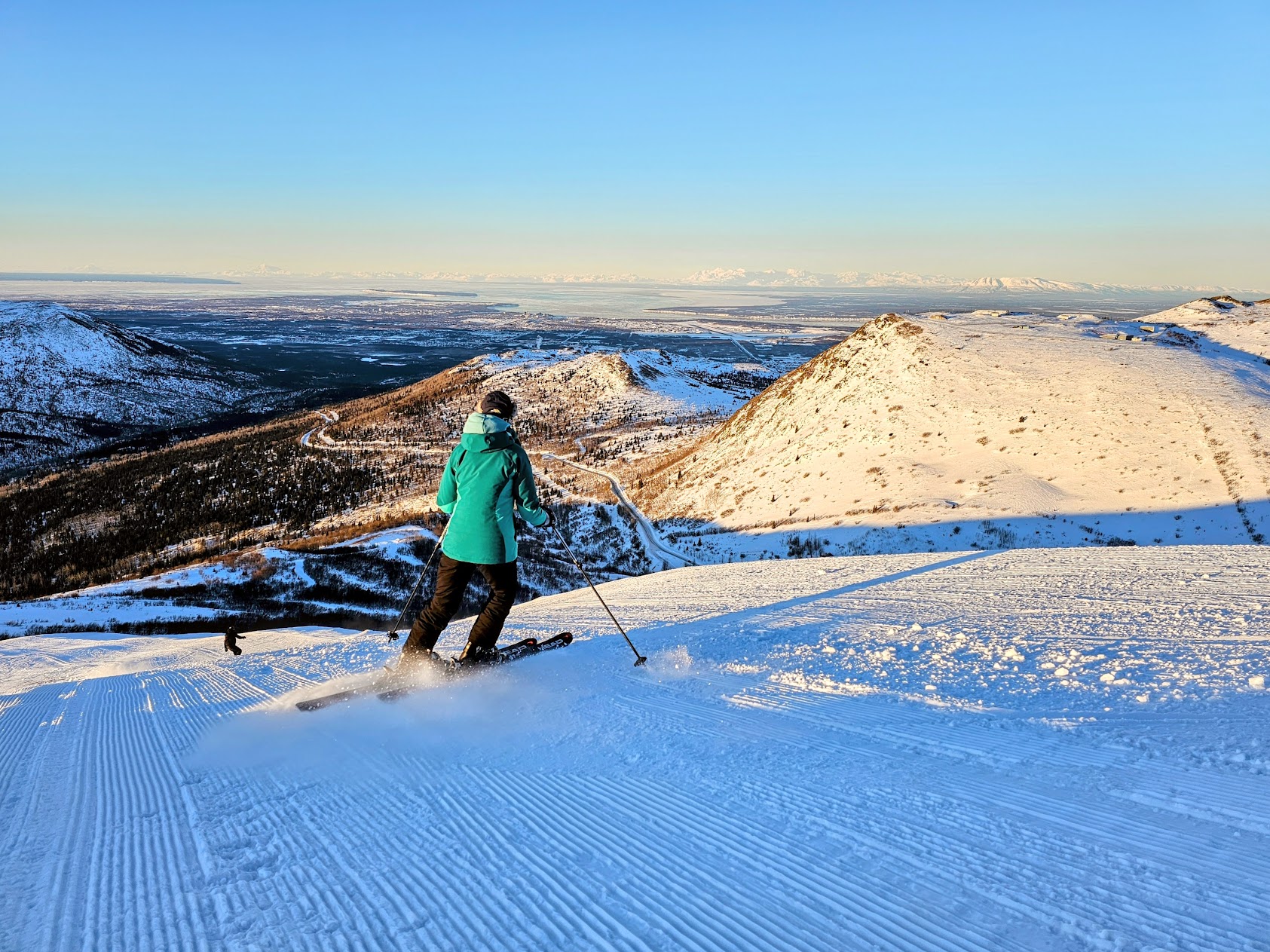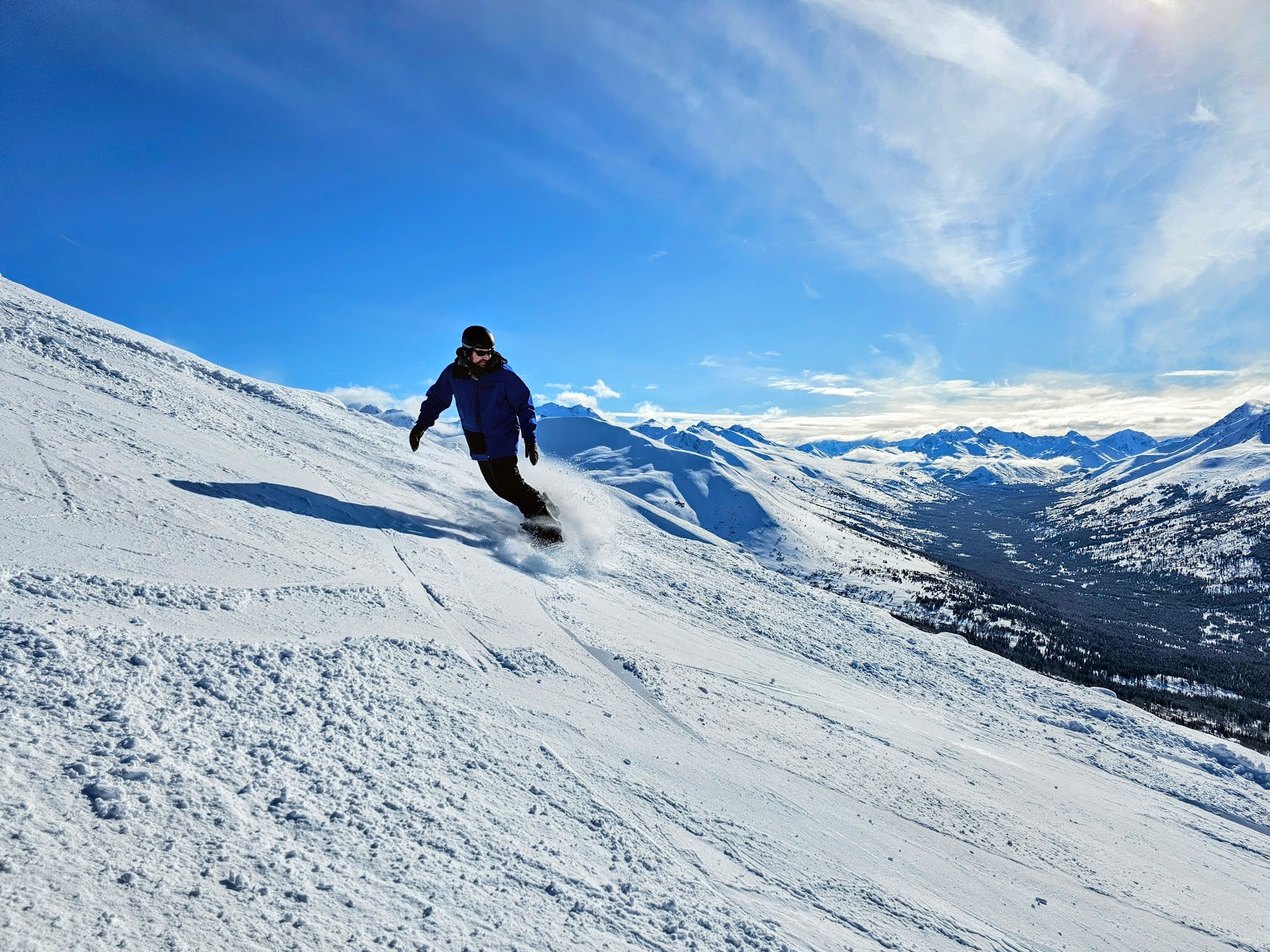
Alaska in the winter evokes dreams of the 600+ inches of annual snowfall at Alyeska Resort, endless touring lines up various mountain ranges for backcountry connoisseurs, and heli-guided operations whisking wealthy customers or famous extreme athletes up steep peaks and untouched powder fields. While all these objectives can certainly be pursued in Alaska, they are generally expensive, require days/weeks/months of planning, and can be intimidating for a more casual fan or beginner in the winter sports arena. These objectives also price out many in the local community as well as the everyday traveler on a tighter budget.
That’s where Arctic Valley Ski Area, located 15 minutes North of Anchorage, Alaska, steps in.
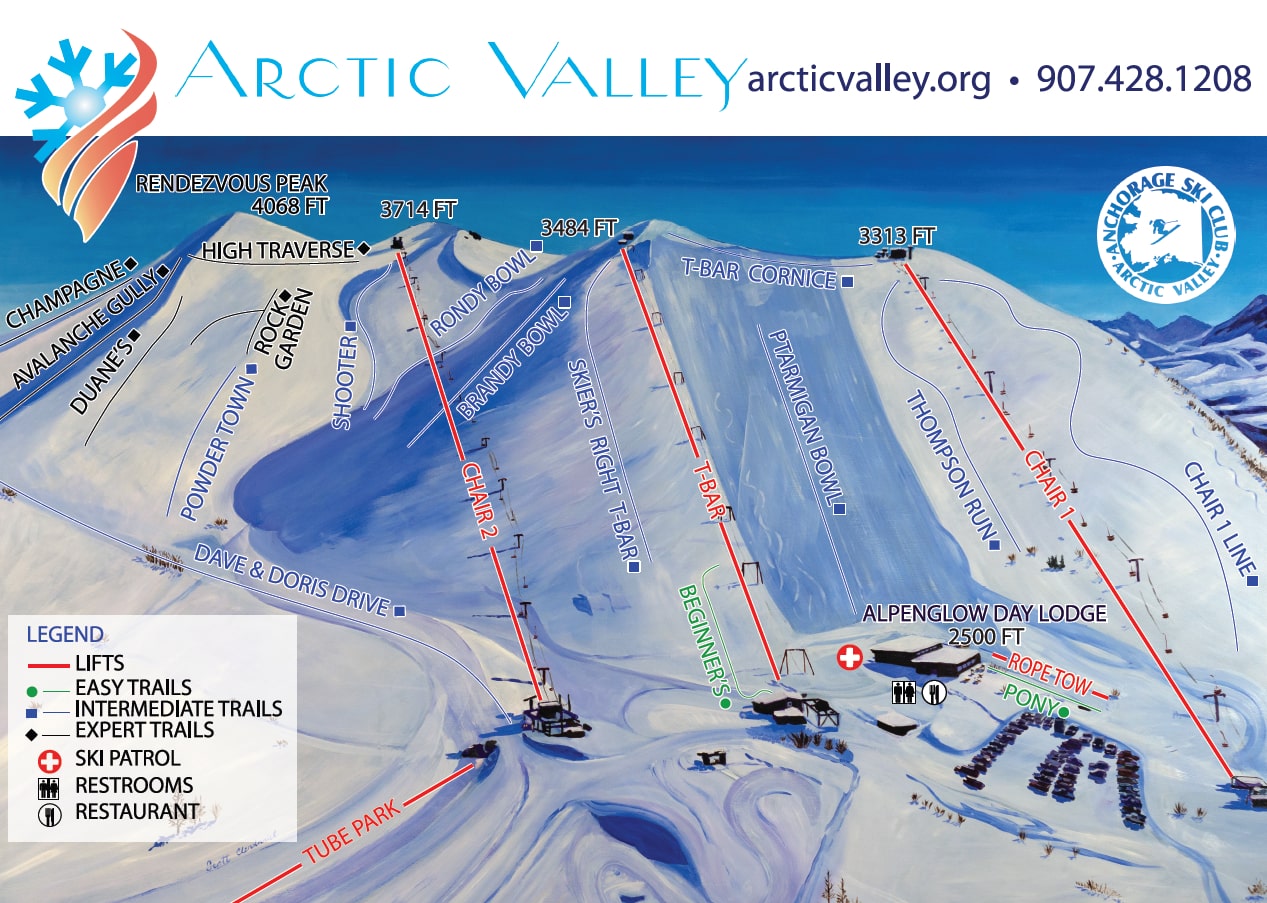
Founded in 1937 by the Anchorage Ski Club, Arctic Valley Ski Area (AVSA) is a nearly entirely volunteer-run 501(c)3 non-profit with operations paid for by membership dues, lodge and gear rentals, lift tickets, and the generous support of the Alaskan community through grants and donations. Offering two fixed lifts, one T-Bar, and one rope tow servicing multiple bowls, groomers, a terrain park, and nearly 1,500 vertical feet, Arctic Valley is known as a versatile ski area with a family-friendly environment, challenging terrain, and an aura of what skiing used to be: cheap, community-driven, and with an abundance of powder days minus the dreaded lift-lines.
Patrons of AVSA can experience the affordable thrills offered by purchasing a $449 adult season pass, a $899 family season pass (two adults and two kids), a $59 full-day weekend ticket, or a $43 full-day weekday ticket. Additionally, Indy Pass customers can enjoy two free days each year. Located a quick 15-minute drive from downtown Anchorage, or an easy 35-minute drive from Ted Stevens Anchorage International Airport, AVSA does not offer resort lodging; however, a plethora of hotel and Airbnb options are available within the nearby city limits.
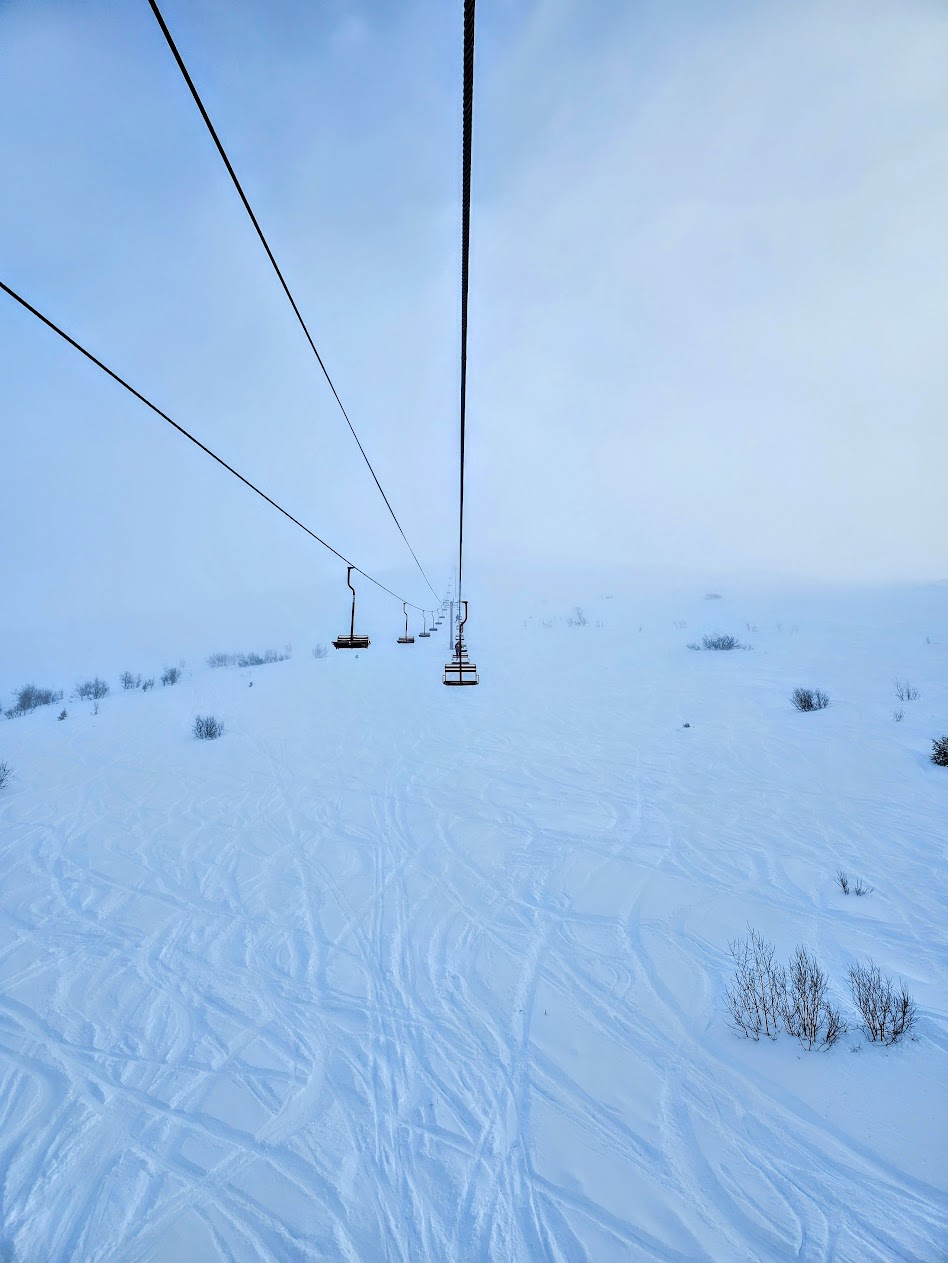
With the ski industry changing as a result of large investments made by corporations such as Vail Resorts and Alterra Mountain Company, community-run ski areas like Arctic Valley continue to provide progressively important stability and access — particularly for the local community.
“We [Arctic Valley] strive to keep our prices reasonable so that everyone can enjoy the mountain. We work closely with other non-profits and community organizations to provide access to healthy winter and summer recreation for people of all ages and abilities.”
— John Robinson-Wilson, General Manager AVSA
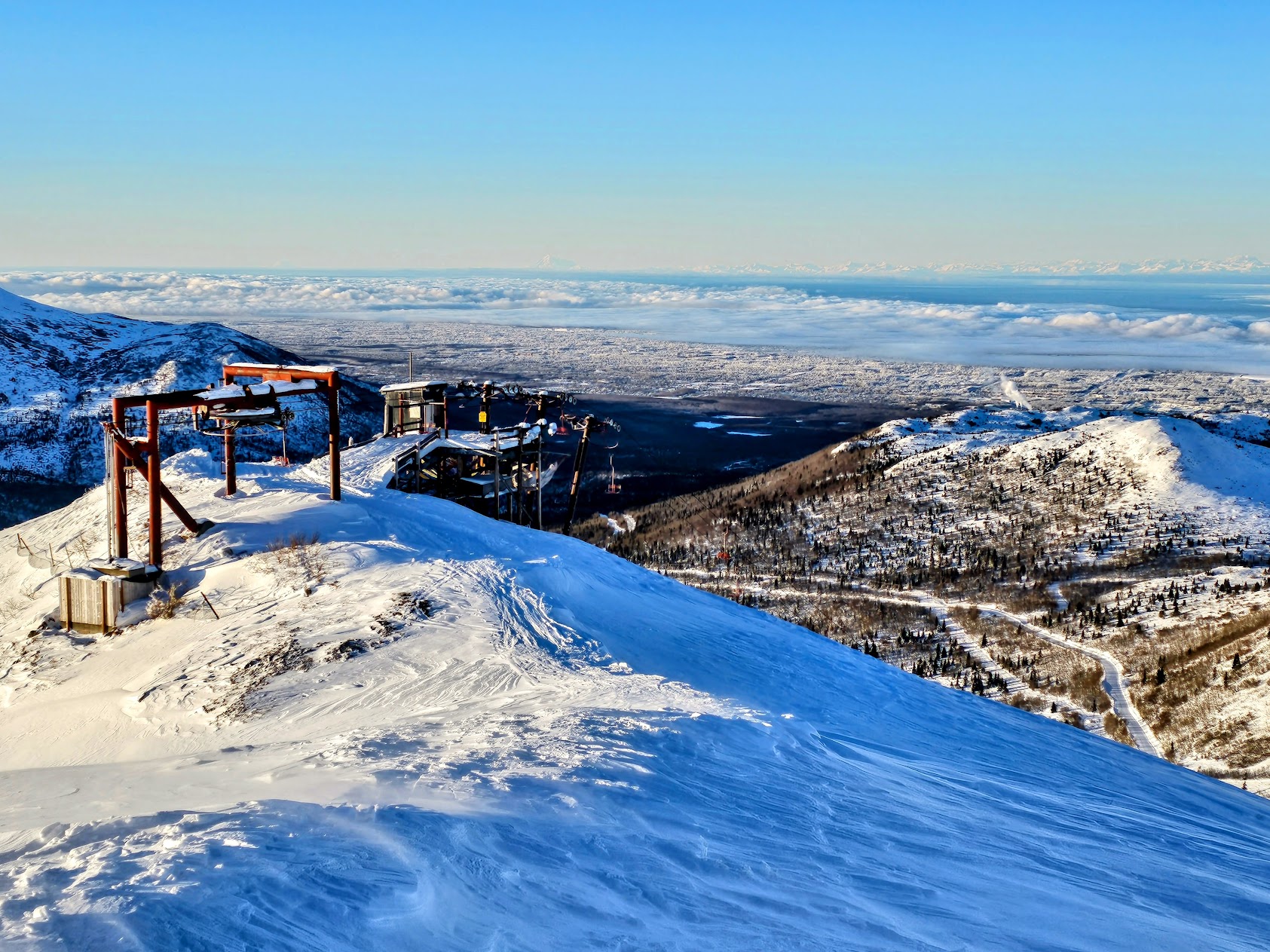
True to their mission statement, standing agreements with groups including but not limited to the Knik Tribe, local schools, other non-profit ski areas in Alaska and the Pacific Northwest, and avalanche organizations, provide many in the community and beyond the opportunity to affordably access outdoor recreation. Additional initiatives such as the ski/board school and the Arctic Valley Ski Team provide a variety of educational opportunities ranging from weekly recreational ski programs and ski camps to full multi-day competitions for participants ranging from five-year-olds to adults.
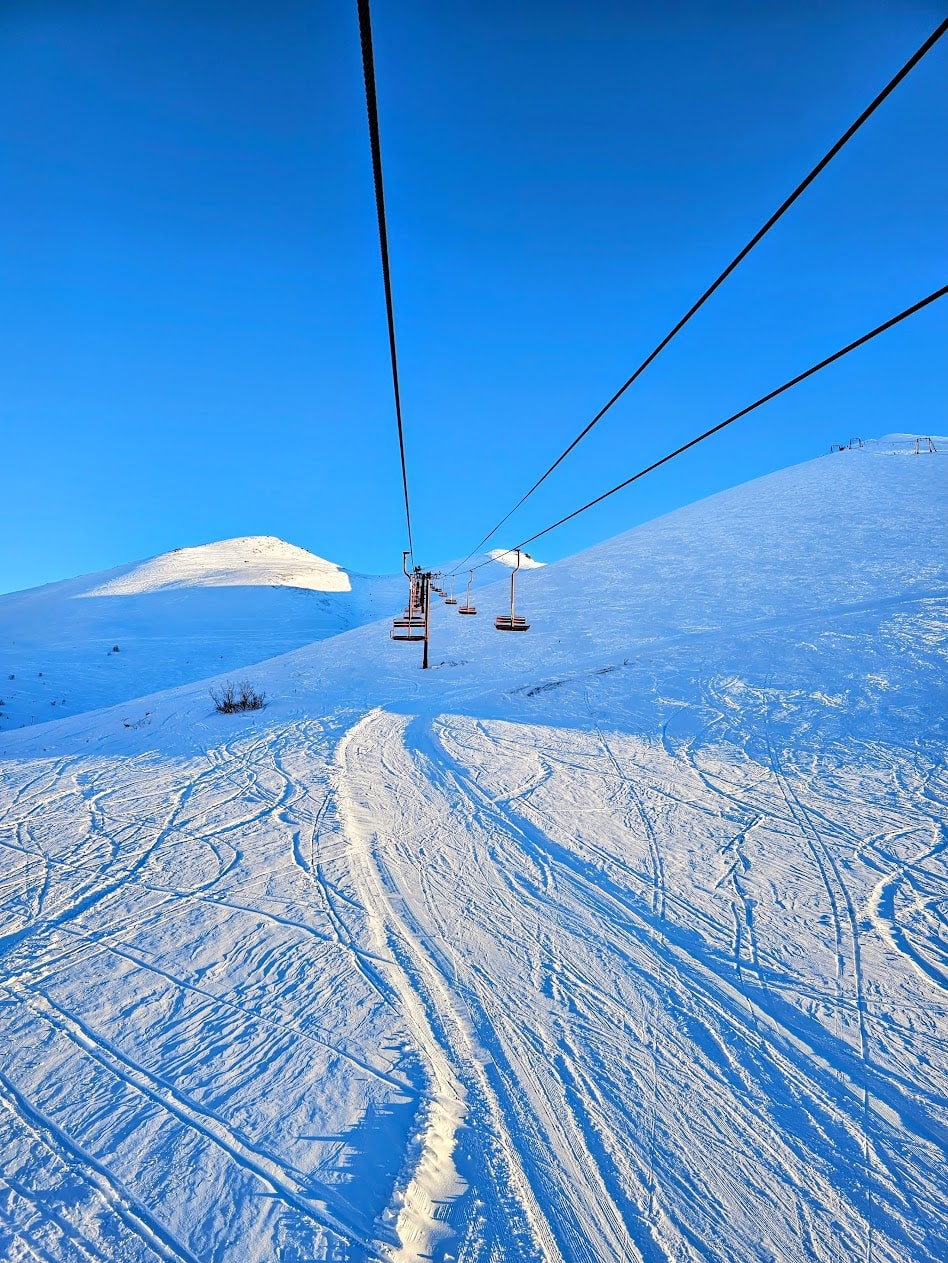
Not every day is a bluebird powder day for Arctic Valley and other non-profit ski areas, however, as employees and volunteers face an onslaught of challenges each season. According to Robinson-Wilson, AVSA’s GM who grew up skiing on the Arctic Valley Ski Team, factors such as climate change, rapid inflation, limited investment, difficulty raising capital, and an aging and degraded ski area infrastructure pose seasonal challenges requiring flexible solutions and an understanding base of customers.
“Finding the money for big investments, upgrading facilities, upgrading lifts, and being able to afford the constant capital input that it takes to keep a ski area running as a non-profit and keep skiing affordable without the backing of an owner or investors with capital availibility is a constant challenge.”
— John Robinson-Wilson, General Manager AVSA
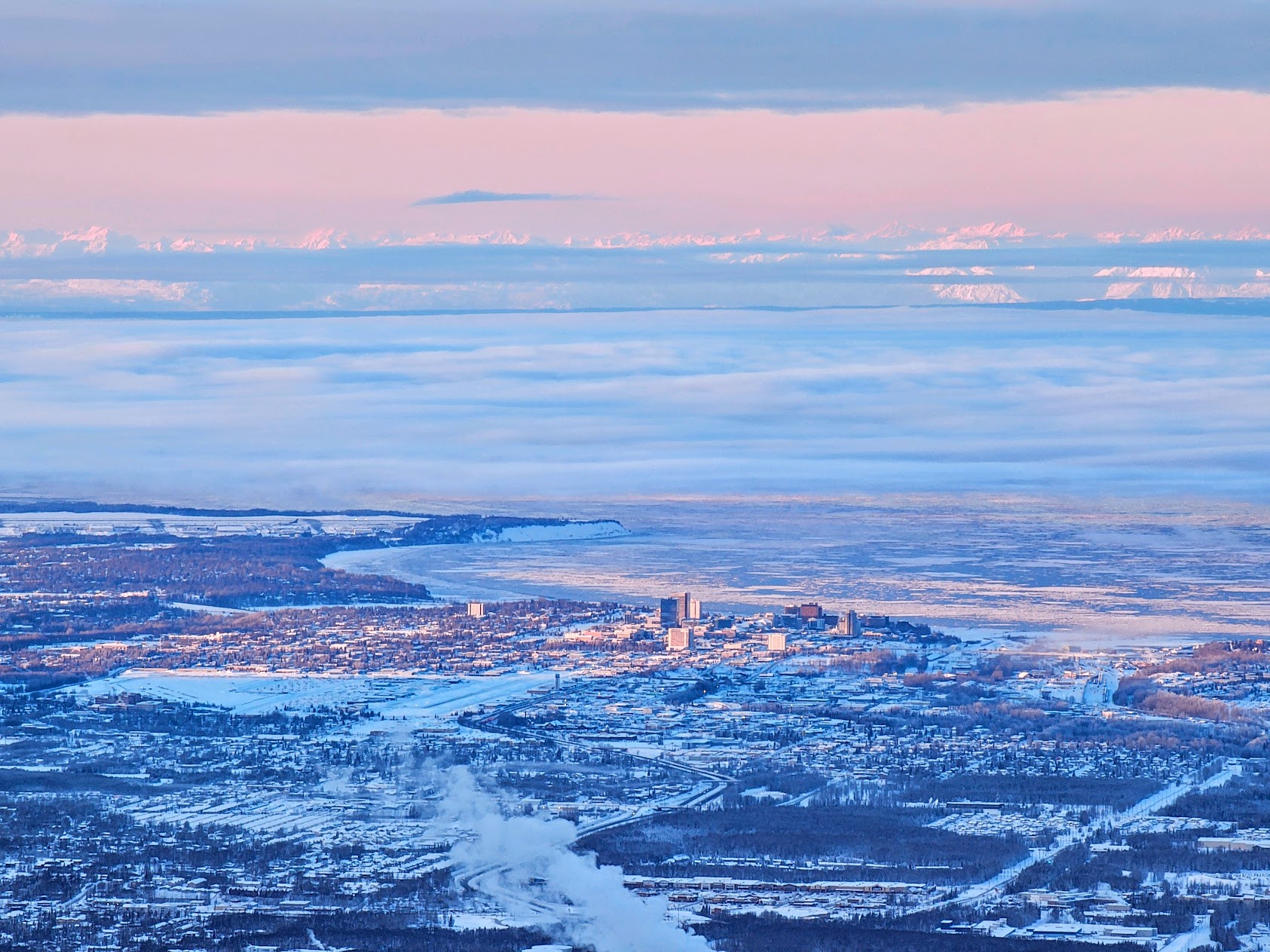
Fortunately, the Anchorage community as a whole remains patient, understanding, and supportive when called upon and Arctic Valley continues to source new ways of improving the customer experience. Recent additions including a tube park, a bar serving local alcoholic beverages, year-round hut rentals, live music multiple nights a week, and lodge rentals for wedding season have succeeded as additional revenue streams to reinvest into winter operations. In unison with recent changes, patrons continue to loyally support Arctic Valley’s vision and community-centric mission through the array of challenges popping up each year. AVSA has seen a steady increase in season pass sales over the past five seasons despite the rising popularity of mega-passes.
The future of AVSA is full of exciting prospects and important upgrades, though the undertakings will undoubtedly present new sets of difficulties. Operating as a non-profit, without the backing of independent wealth or private equity investment, Arctic Valley continues to rely on generous tax-deductible donations (donate here) and grant approvals. In the meantime, as larger resort ticket prices soar and Epic and Ikon Pass prices steadily increase, disgruntled ski and board enthusiasts may consider cheaper options or support alternative pass solutions such as the Indy Pass, Mountain Collective, or as in the case of Arctic Valley Ski Area, their local non-profit community-run ski area.
